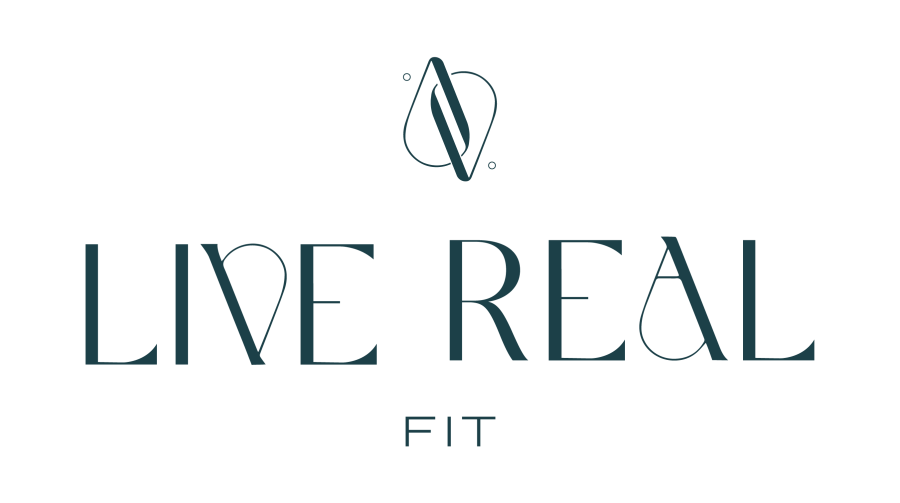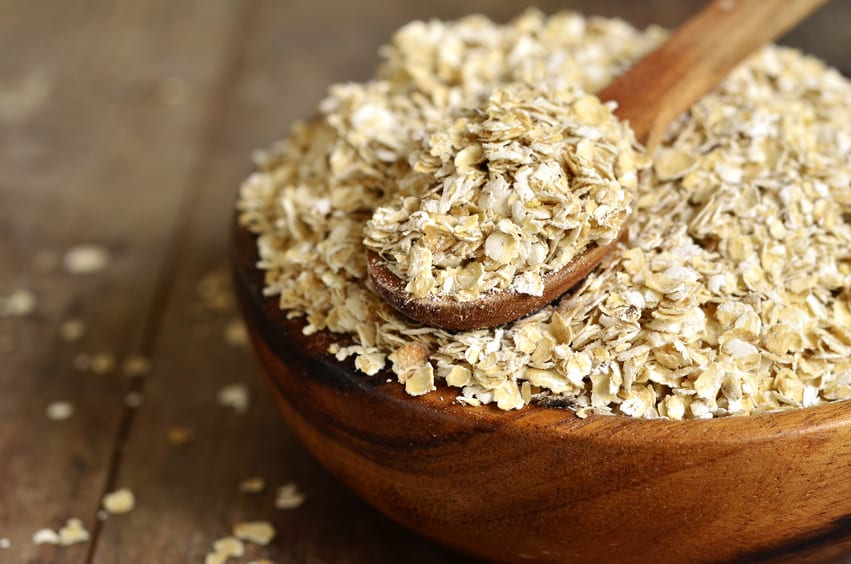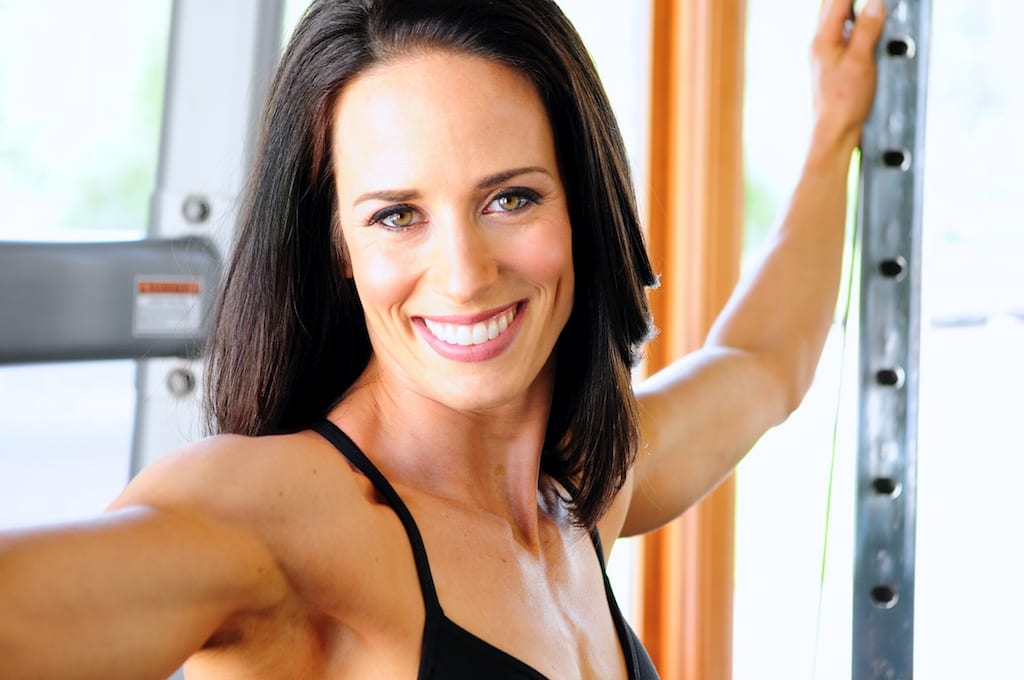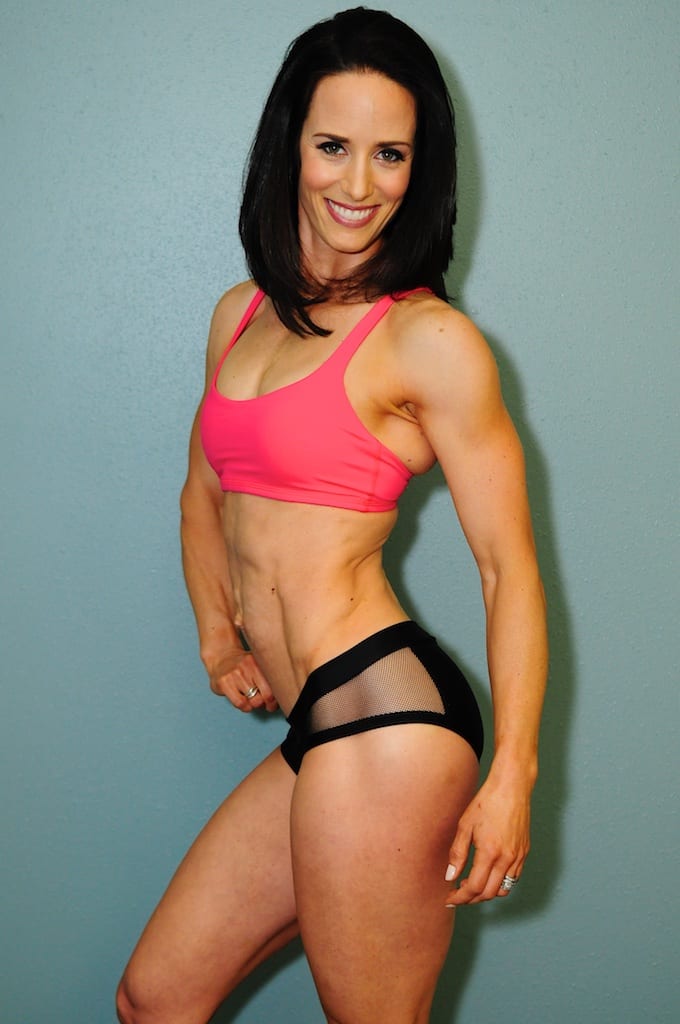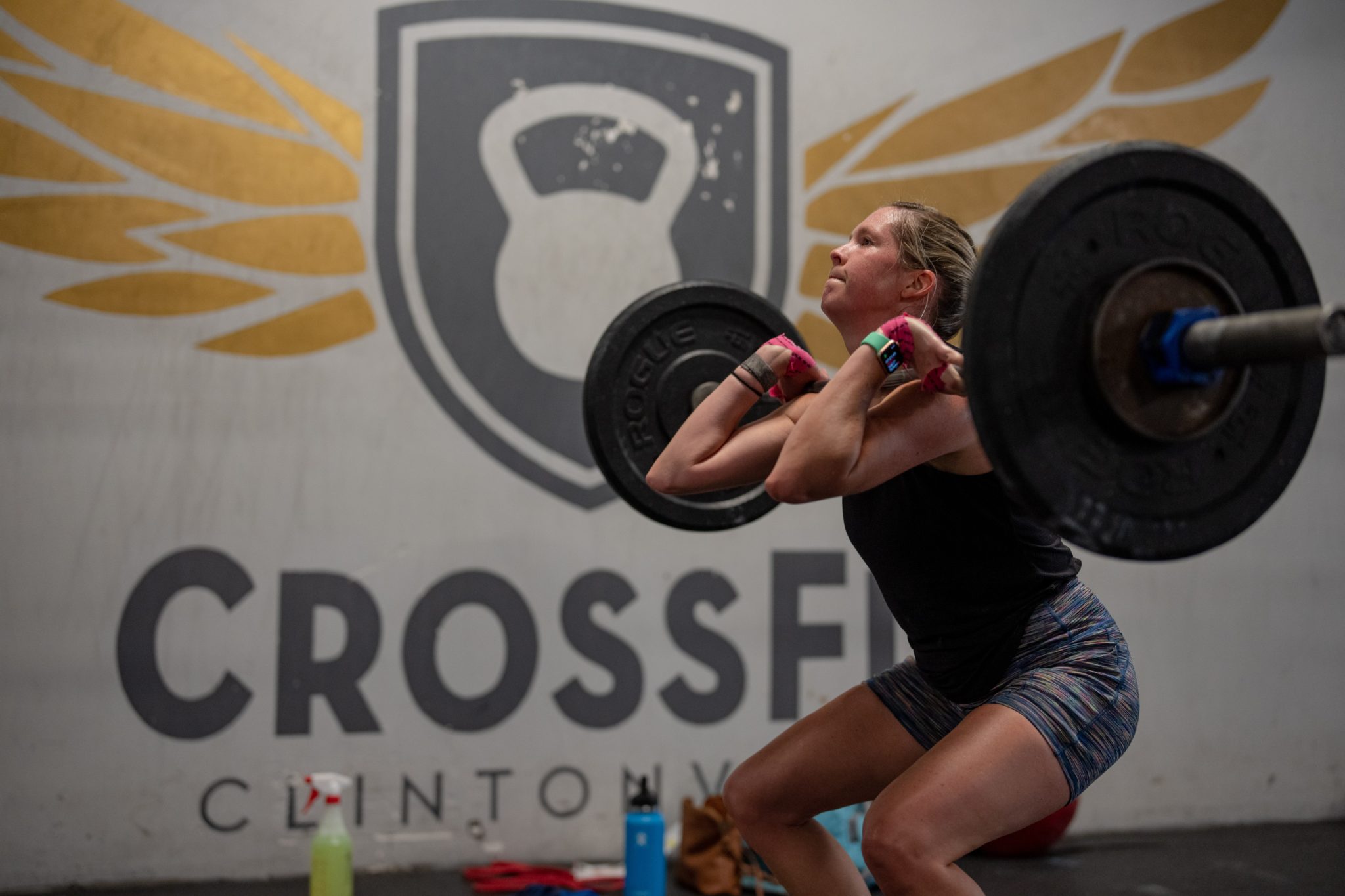Deadlifting has become one of my favorite exercises of all time. I feel so strong and powerful when I lift heavy dead weight straight up from the floor. I will admit that this wasn’t always the case. Much of my initial hesitancy for performing the deadlift was centered around fear of not performing it correctly. I know this fear is not unique to me either. Many people often avoid the deadlift for fear of performing it incorrectly and potentially hurting themselves.
After reading last weeks post, you know that deadlifting is a highly functional movement we perform every day. Deadlifting improves overall strength which results in creating a more robust and resilient body. When performed correctly the deadlift is not only safe but could potentially assist with preventing injury. Being proficient at performing the deadlift will reinforce a safe and effective movement pattern for lifting all kinds of things. So let’s go over some of the finer details on how to perform a safe and effective deadlift.
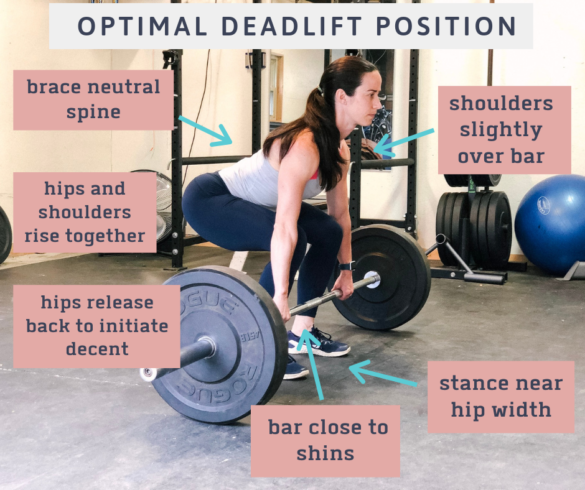
Starting position
The deadlift stance is slightly more narrow than in your squat stance. Instead of starting with your feet at shoulder width apart (like the squat) you will want to position your feet about hip-width apart. Your feet should be positioned right under the hips. When grabbing the bar your hands will be positioned just outside of the legs. You can choose to have both palms facing down to grab the bar or you can do what’s called a ‘mixed grip’ and have one palm facing down and one palm facing up. Typically, as the weight you lift increases, the mixed grip is most comfortable.
Once you have grabbed the bar your shoulders should be in line with the bar. Be careful they are not too far forward or too far behind the bar. Elbows should remain straight throughout the entire movement. Your hips should be positioned lower than the shoulders but still higher than the knees.
Pull from the floor
To initiate the pull from the floor you want to start with a braced neutral spine. This is a critical element when it comes to the health of your back and performing the deadlift safely. Keep the chest up and back flat as you begin to pull. Once you are braced you can then take the slack out of the bar while also engaging the lats. My best cue for this is to think about trying to put your shoulder blades down and into your back pockets and imagine trying to pull the bar apart. Now you can start your pull by ‘pressing’ the floor away.
At this point, you want to think about driving through the floor and pulling the hips to the bar as you stand straight up. You want your chest and hips to rise at the SAME TIME. I often see hips rising first and then the chest which will likely lead to feeling the lift in your low back and potentially pain later on.
Decent
The decent or lowering of the bar back to the ground should essentially be a reverse of how you pulled it from the floor. You want to release or push the hips back to initiate the decent BEFORE you bend at the knees. Think about sliding the bar down the thighs and once the bar reaches your knees you can then bend the knees to continue to lower to the ground. You want to be in control of the decent maintaining the braced neutral spine and chest up position. You should feel like you are lowering the weight to the floor and not allowing gravity to pull the weight to the floor.
Remember that it does take time to become proficient at performing the deadlift. Don’t let this deter you. Like with any skill, practice makes perfect. Start with a lower weight and just work on a slow and deliberate attempt focusing on the points mentioned above. You can even try filming yourself. Don’t move up in weight until you feel like you have the movement down. Slowly, with good practice, this will become one of your favorite lifts as well!
Xx
Allison
